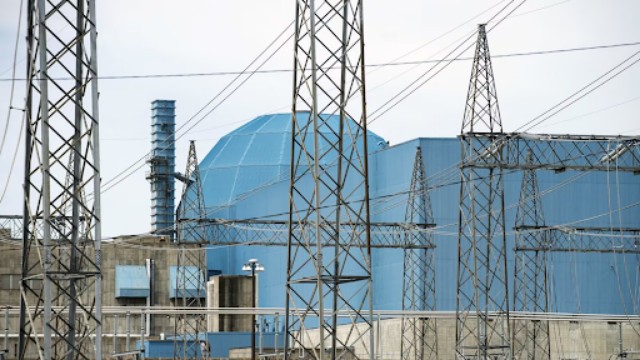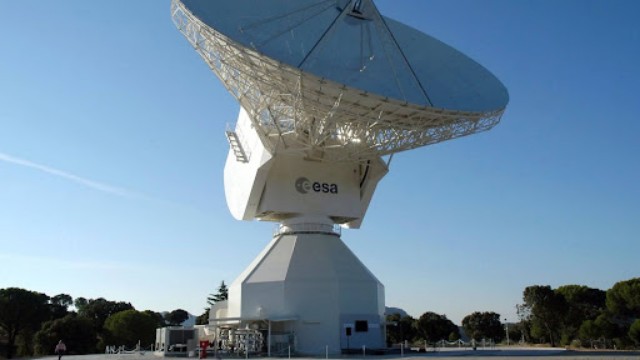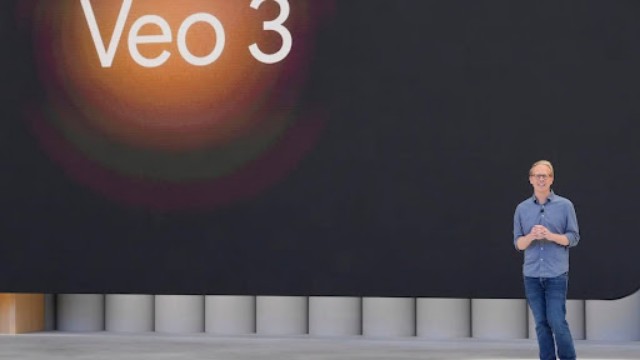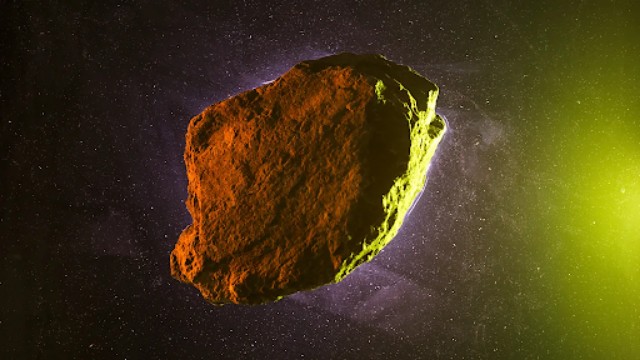
Asteroid mining companies claim they are on the verge of extracting valuable minerals from space rocks, but some remain skeptical. (Credit: Getty Images)
Asteroid Mining: A Sci-Fi Dream or an Inevitable Future?
For decades, space enthusiasts and scientists have imagined a future where asteroids become our next mining frontier. While we're not quite there yet, some companies believe it's only a matter of time before we extract rare metals from these floating space rocks. But how close are we to making it a reality?
Recently, California-based start-up AstroForge attempted a bold step toward this goal. On February 27, 2025, the company launched its $6.5 million unmanned spacecraft, Odin, aboard a SpaceX Falcon 9 rocket from Florida’s Kennedy Space Center. Nine days later, the spacecraft likely ventured past the Moon into deep space, heading toward asteroid 2022 OB5, located about eight million kilometres from Earth. Its mission? Analyzing the asteroid’s composition and determining its mining potential.
However, not everything has gone according to plan. Communication issues with Odin have left AstroForge scrambling to reestablish contact. Despite this setback, company founder Matt Gialich remains optimistic. He acknowledges the technical difficulties but insists that every challenge is a learning experience. He believes that with persistence, asteroid mining will soon be a reality.
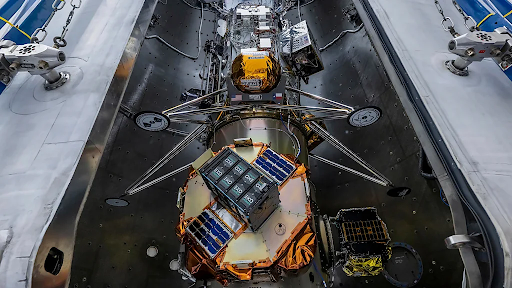
AstroForge's second mission, Odin, is set to launch aboard a SpaceX Falcon 9 rocket, sharing the ride with Intuitive Machines' IM-2. (Credit: SpaceX)
Why Mine Asteroids?
Mining Earth's minerals comes at a high cost—environmentally, financially, and geopolitically. Some asteroids contain platinum-group metals essential for renewable technologies, which are becoming increasingly expensive and difficult to extract from our planet. By tapping into space resources, scientists hope to provide a more sustainable supply of these crucial materials.
AstroForge aims to conduct a second mission next year, focusing on refining its mining techniques. The long-term plan? Extract small amounts of valuable metals—starting with grams and eventually scaling to kilograms. If successful, it could pave the way for a new era of space mining, one that might significantly impact global economies and industries.
Challenges Ahead
While mining asteroids sounds promising, experts warn of significant hurdles. Extracting materials in space presents unique challenges, especially in a low-gravity environment. Traditional mining relies on gravity to separate valuable ores from waste, but in space, new methods must be developed. Ian Lange, a professor at the Colorado School of Mines, emphasizes that while rendezvousing with an asteroid is feasible, the real test lies in the actual extraction process.
There are also concerns about space debris. Mining operations could create hazardous floating rubble, raising ethical and environmental questions. Some scientists argue that space should remain untouched, while others see it as a way to preserve Earth’s resources.

AstroForge team members stand behind the Odin spacecraft in January 2025, with its solar panels extended, ahead of its scheduled launch in February. (Credit: AstroForge)
The Legal Battle Over Space Resources
Another pressing issue is ownership. The 1967 Outer Space Treaty declares space as a global common but does not explicitly address resource rights. While some countries have proposed laws allowing companies to claim extracted materials, international consensus remains elusive. A UN committee plans to discuss space mining regulations in 2027, but until then, companies like AstroForge operate in a legal gray area.
Despite the uncertainty, AstroForge and its investors remain hopeful. They believe that proving the feasibility of asteroid mining, even on a small scale, will eventually lead to commercial success. History has shown that once-impossible ideas—like flight and space travel—become realities through perseverance. Will asteroid mining follow the same path? Only time will tell.


